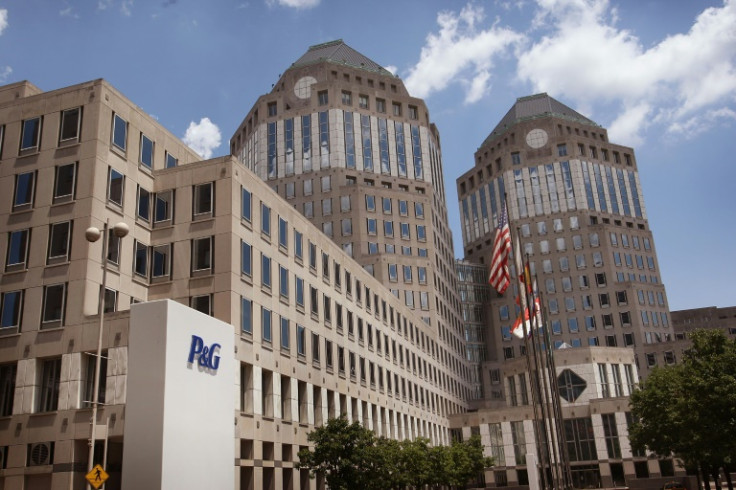Inflation For Basic Consumer Goods Is Easing — What It Means For The Fed

Inflation for branded essential consumer goods is easing, helping slow down the rising cost of living that has undermined household budgets nationwide, according to Procter & Gamble Company's (P&G) third-quarter earnings report released last Friday.
The global leader in branded essential consumer goods delivered another quarter of robust earnings, but missed on revenues.
The revenue miss is due to the moderation of price hikes across most of its product categories: grooming (10% increase), beauty (4% increase), healthcare (6% increase), fabric and home care (4% increase), and baby, feminine, and family care (2% increase).
That compares with a 9% price increase for grooming, beauty (8% increase), healthcare (6% increase), fabric and home care (6% increase), and baby and feminine family care (8% increase) a year ago.
P&G's price hikes suggest consumers have turned more responsive to price hikes for brand name products, forcing even brand name product companies to compete on efficiency and cost cutting rather than pricing.
"We delivered solid sales and strong earnings growth in the third quarter despite multiple headwinds, enabling us to raise our EPS growth guidance and maintain our top-line outlook for the fiscal year," said Jon Moeller, Chairman of the Board, President, and Chief Executive Officer, in a statement accompanying the release of the financial results.
"We remain committed to our integrated strategy of a focused product portfolio of daily use categories where performance drives brand choice, superiority — across product performance, packaging, brand communication, retail execution, and consumer and customer value — productivity, constructive disruption, and an agile and accountable organization," Moeller said.
The easing of inflation for brand-name products is good news for U.S. households, as it slows down the rising cost of living for this product category. However, more is needed to slow down the overall cost of living, as measured by the Consumer Price Index (CPI).
According to this measure, inflation has remained stubbornly high in recent months due to rising prices for consumer services rather than consumer goods.
In March 2024, for instance, the cost of insurance services rose at a yearly rate of 22%, almost seven times the overall headline CPI. In addition, hospital services rose 7%, auto repair services 8.2%, transportation 10.7%, and shelter 5.7%, well above the overall CPI.
Still, lower price for essential brand name goods points to a downshift in consumer buying behavior, from more expensive brand name products to less expensive generic products. This change in consumer spending pattern may help lower the overall cost of living as measured by the personal consumption expenditures price index (PCE).
PCE is a broader and more accurate measure of consumer spending behavior, which makes it the Fed's preferred measure of inflation.
"The CPI tends to show more inflation than the PCE between the two headline indexes," wrote Fed President James Bullard in an article posed by the Federal Reserve Bank of ST Louis. "From January 1995 to May 2013, the average inflation rate was 2.4 percent when measured by headline CPI and 2.0 percent when measured by headline PCE. Hence, after setting both indexes equal to 100 in 1995, the CPI was more than 7 percent higher than the PCE in May 2013."
Recent inflation readings confirm this pattern. In February 2024, for instance, PCE rose at an annual rate of 2.45%, well below the 3.2% of the CPI and very close to the Fed's 2% inflation target. At the end of this week, the new PCE report will be released and will determine whether this trend will persist in March.
© Copyright IBTimes 2024. All rights reserved.





















